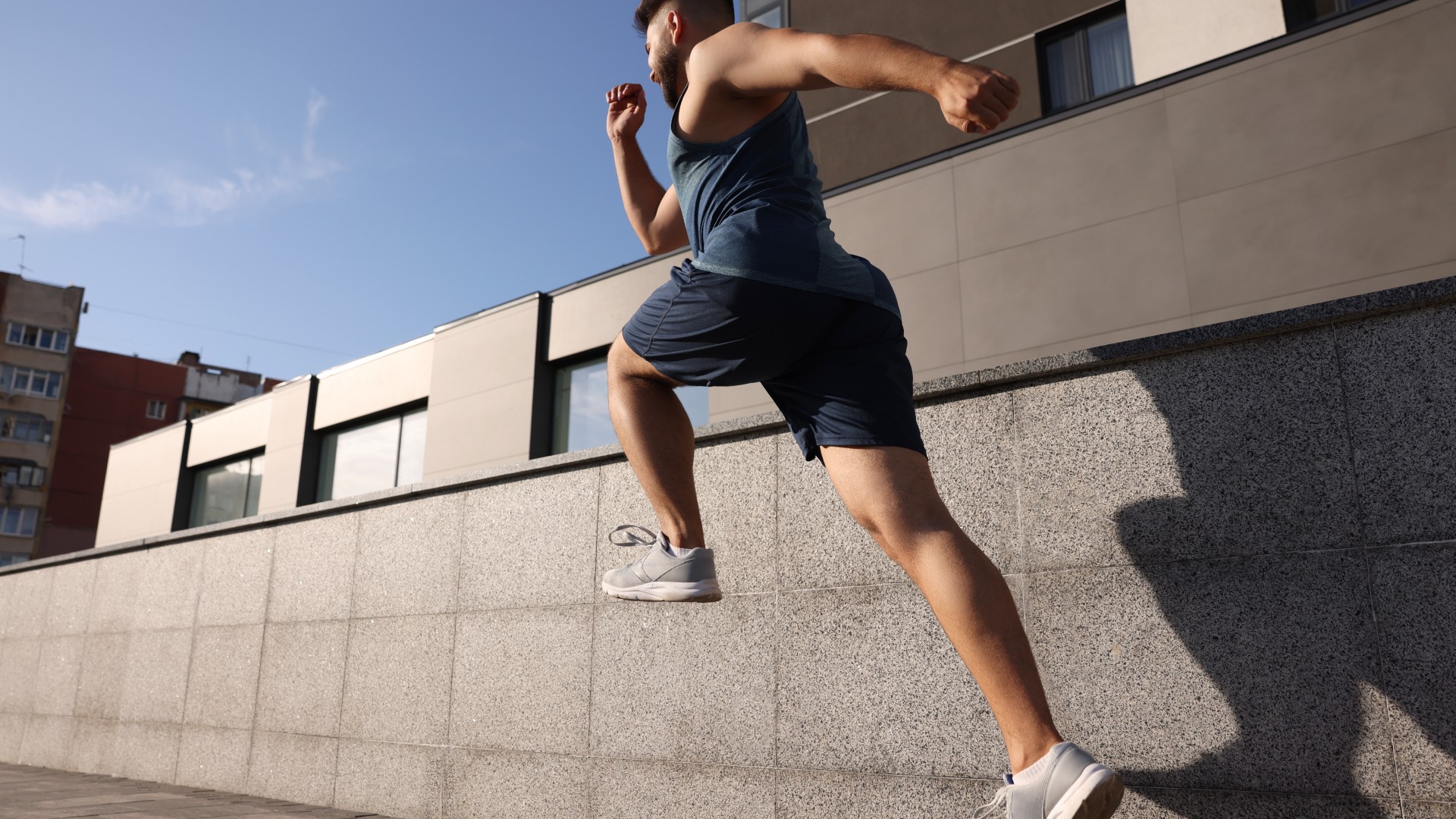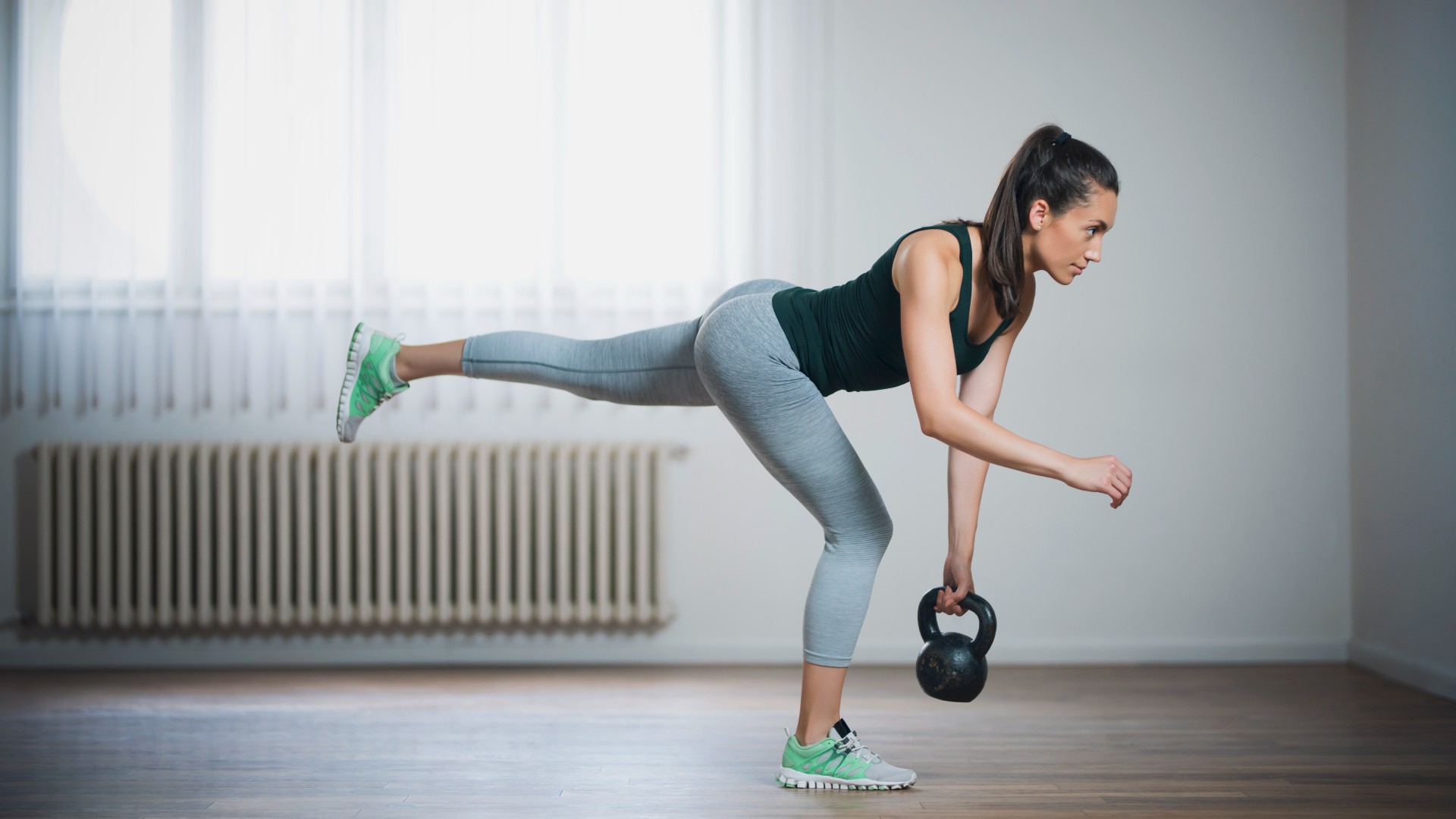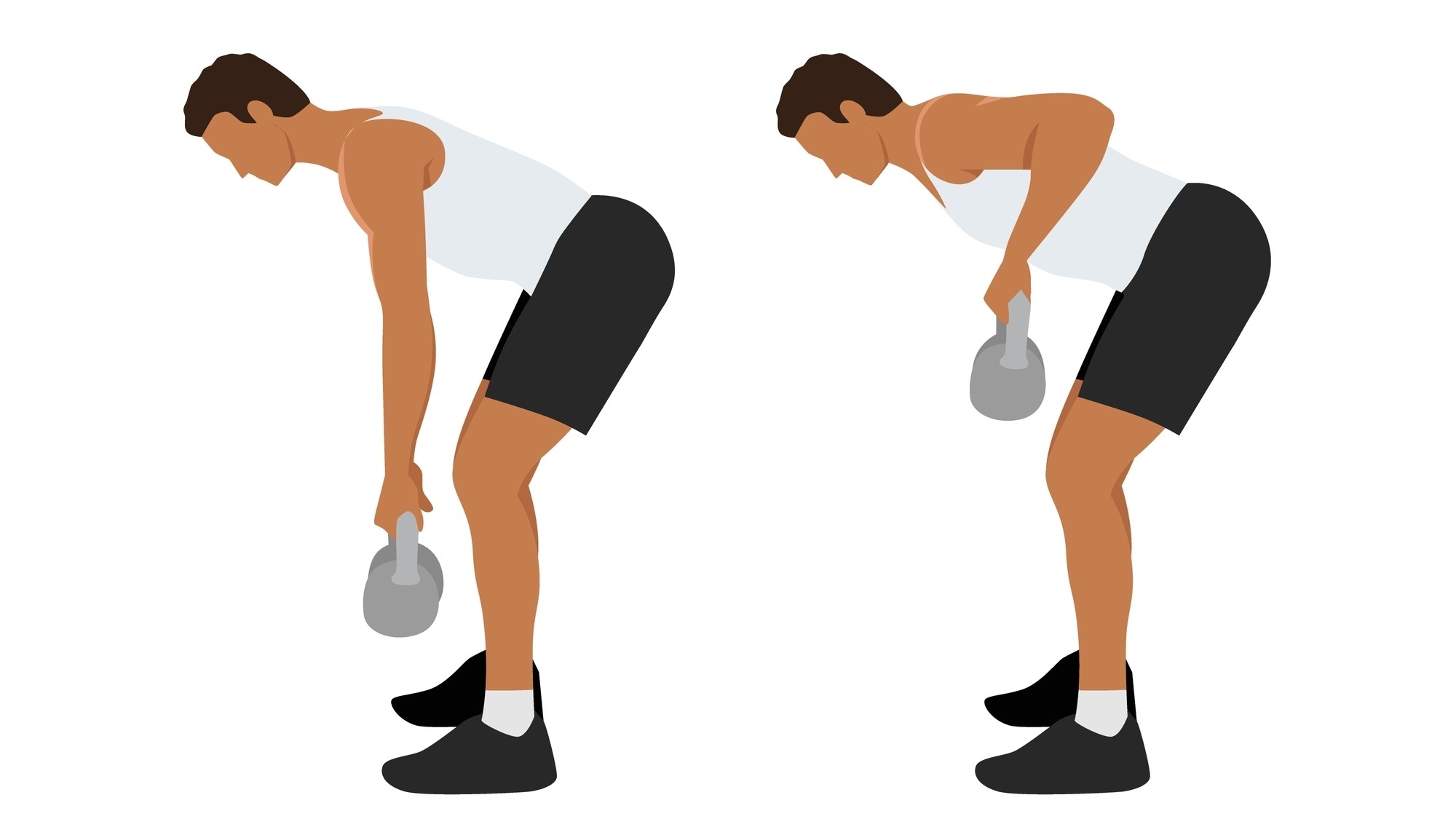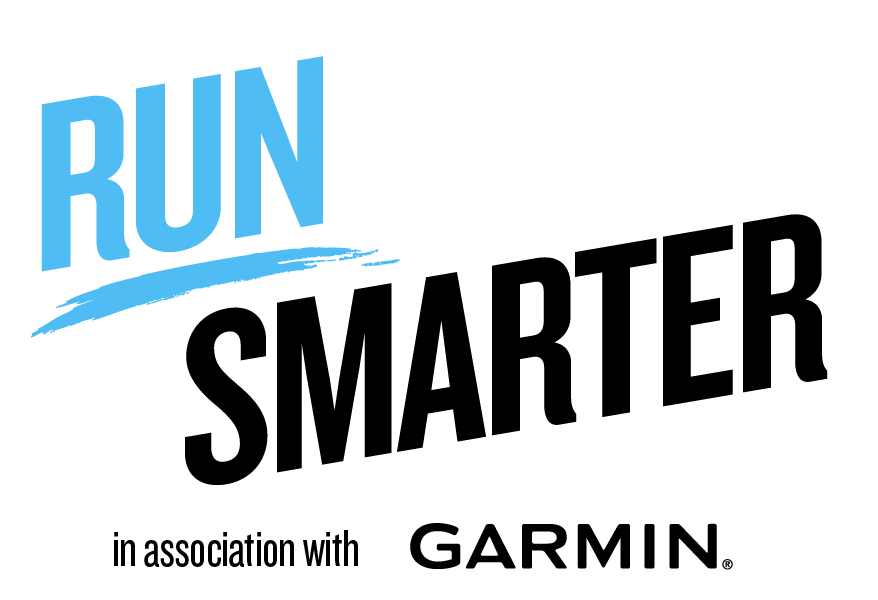
Runners, if you want to build lower-body strength in your glutes, hips, core and legs, consider these five kettlebell exercises for runners, also suitable for beginners.
Whether you’re training for your next half marathon or just getting your head around the couch to 5K, the best strength exercises to improve your running performance can be done using one or two medium to heavy kettlebells — they’re renowned for developing strength and power and helping you absolutely send it during cardio.
Below, we cover five kettlebell exercises for runners that will benefit your endurance, performance and posture, as well as keeping you injury-free and robust, whatever your running style. Tie up a pair of the best running shoes, and read on.

Strength training with kettlebells has many benefits — runners can see improvements by adding as little as one or two resistance training sessions a week. Strengthening your joints, muscles and bones will help keep you injury-free, improve posture and build a stronger core; this could also improve overall running performance, gait and muscular endurance, especially if you enjoy hill training, sprinting, or long-distance running.
Runners will want to focus on strengthening the core muscles, hip flexors, glutes (especially if you’re a quad-dominant runner), quads, hamstrings and calf muscles when engaging in strength training. Loading these muscles will build more powerful legs, translating to better running economy, speed and form and bullet-proofing your body for performance.
Here are five kettlebell strength exercises for runners we swear by and how to add them to your routine.
5 kettlebell exercises for runners to build lower body strength and power
Grab a set of the best kettlebells. We recommend using RPE to determine how heavy to lift if you’re new to weight training, which means focusing on Rate of Perceived Exertion.
Think of rating the intensity out of 10 — with 0 being easy and 10 being something you could perform only one rep of. Aim for a 7-8 so that the last few reps feel tough to finish, but you can still complete them with good form. If you don’t have weights, we recommend looking at these 5 ways to build muscle without lifting heavier weights.
Kettlebell goblet squat
We did kettlebell goblet squats every day for a fitness challenge and detailed how to tighten up your form to maximize your reps. First, ensure you know how to squat, then pick up your kettlebell and hold it by the horns at the center of your chest.
Perform a squat, keeping your elbows slightly lifted and the kettlebell at your chest. Engage your core with your spine neutral and back flat and pause at the bottom of your squat, maintaining a tripod position through your feet (press down with your little and big toes and your heels), then drive up to stand.
Kettlebell lateral lunges
Developing lateral power will improve agility and strengthen the gluteus medius (outer glutes), adductors (inner thighs) and hips. Developing 360-degree strength will help you become a better runner all-round.
Start with your kettlebell in the goblet hold (above) and feet hip-width apart. Keep your back flat and spine neutral, engage your core, then step to your left and lower into a side lunge position. Keep your chest lifted, lower your bum toward the ground, then push through your left leg to return to standing. Repeat on the opposite leg.
Here’s how to do lateral lunges in more detail.
Dead stop kettlebell single-leg RDL

The Romanian deadlift is brilliant at targeting your posterior chain muscles, including your lower back, glutes and hamstrings. The hip-hinge movement is key, so remember to maintain a soft knee bend and hinge forward rather than squatting.
Hold a kettlebell in your right hand and start with your feet hip-width apart. Softly bend your left knee and lock it into position. Hinge forward with your stomach braced and send your right leg behind you as you lower your chest parallel to the floor and place the kettlebell just in front of you.
From a “dead” position, grip the kettlebell and pause with your leg aligned with your hip and hips square to the floor. Then, pull the kettlebell upward as you return to your standing position. Switch sides and repeat.
Here’s how to do a Romanian deadlift step-by-step if you prefer not to move one leg at a time.
Kettlebell swing
The kettlebell swing is a classic all-rounder and benefits the whole body. The swing targets the posterior chain muscles, strengthens the hip flexors and core and develops explosive power.
Position your kettlebell between your feet and maintain a foot position shoulder-width apart. Engage your core, hinge forward at the hips, send your bum back and grip the kettlebell with both hands using an overhand grip. Swing the kettlebell back between your legs, then drive the bell upward to shoulder height. Control the descent of the bell back down between your legs and continue to swing.
If you’d like to engage more of your chest, upper back and shoulders, try learning how to do American kettlebell swings to increase your range of motion and upper body activation.
Kettlebell bentover row

The bentover row strengthens your core, biceps and back muscles, including your lats, rhomboids and rear deltoids. The bentover position also helps develop posture and hip and hamstring flexibility.
Start with your feet hip-width apart and the kettlebell in front of you. Hinge forward at the hips, maintain a flat back and lower your chest to almost parallel. Engage your core, then grip the kettlebell with your right hand and drive the bell toward your hip. Pause in the row position, squeezing your back muscles and keeping your elbow close to your ribcage. Lower the weight back down, complete your reps, then switch sides.
You can choose between rows vs good mornings, depending on your flexibility.
5-move kettlebell workout for runners to try
You could follow a traditional resistance training program and complete 3-4 sets of each exercise for 8-12 reps (per side), adding 30 seconds of rest between sets. If you prefer to work using a circuit, complete 45 seconds of the first exercise, rest for 15 seconds, then move to the next exercise. Once you’ve completed the five moves, rest for 60 seconds and continue for 5 rounds.
How many times a week should a runner do strength training?
Some research suggests that just two to three times a week can benefit the body, but if you only have time once a week, you can still benefit. As a beginner, consider starting with one session a week and building up. Either way, opt for non-running days to avoid overtraining the body.
We cover another 9 best strength exercises to improve your running performance, where we also break down how heavy runners should lift and the type of strength training that is most effective. As a general rule of thumb, lifting heavy weights can benefit runners who want to build strength and power rather than the muscular endurance already built through running, but it also depends on your sport.
We also recommend doing strength exercises on the most underrated gym equipment — the balance trainer. Adding an unstable environment challenges stability, balance and coordination.
Bottom line
The best kettlebell strength exercises should target the key muscles used for running, which includes those in the trunk responsible for posture and breathing. Because running is a unilateral sport (you move one leg and arm forward and back at a time), single-sided exercises help both sides of the body recruit together, building balance, trunk stability and coordination.
But remember, building muscle, power and strength are all separate training modalities (here’s more on hypertrophy vs strength training), so your running style, goals and timelines ultimately guide your strength program.
If you work with a running coach, see how you can best incorporate these exercises into your routine alongside your running training plan. Otherwise, stick to some of the guidelines we’ve provided and make any adjustments you need to.
More from Tom’s Guide
- Best running apps
- 4 best deep core exercises for runners
- I took creatine every day for 10 days like Mark Wahlberg, here's what happened to my body








